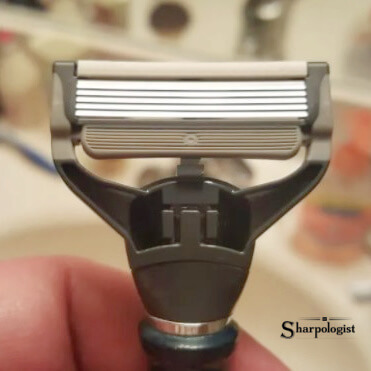
Shaving is a daily ritual that people undergo to look presentable. Razor blade cartridges can play an important role in making this more experience smooth and effortless. Technology has made significant strides in shaving razor cartridge technology, which has revolutionized the shaving industry. This blog post will discuss the technology of the shaving razor cartridge.
How Razor Cartridge Technology Has Evolved
Razor cartridge technology has come a long way since its inception. Blade guards, ergonomic handles, pivoting heads, and moisture strips are some of the innovations that have been introduced. The latest innovations include sharper blades and materials that prolong cartridge life. Some brands have even gone as far as including vibrating features in their razors.
What Is The Anatomy Of A Razor Cartridge
A typical razor cartridge consists of several parts, including the pretensioner, the guard, and the frame containing the blades. The guard is designed to prevent the blades from coming into contact with the skin, thus minimizing the risk of cuts and nicks. The cartridge housing the blades is typically made from plastic and contains multiple blades arranged in a row. The pretensioner helps gently stretch the skin to flatten it.
Blades In A Razor Cartridge
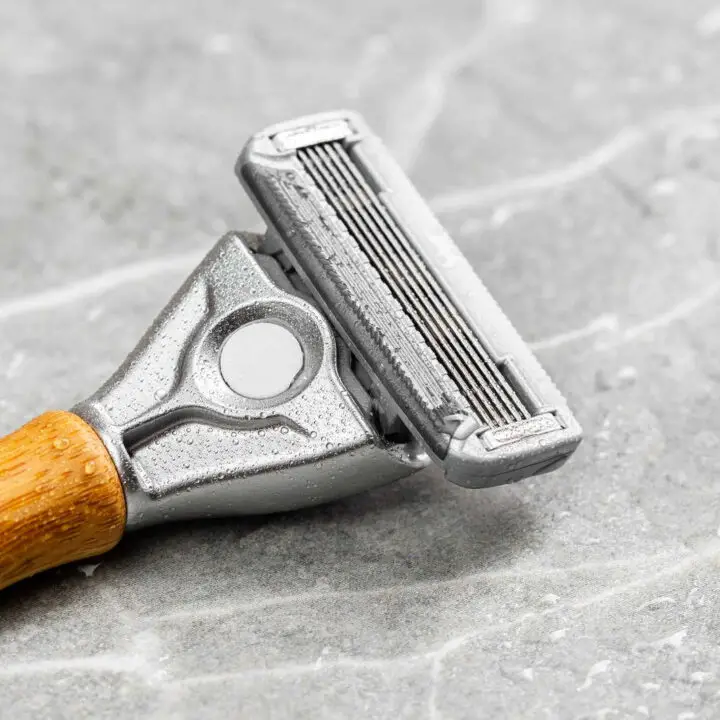
The blades are the most important part of a razor cartridge. The number of blades in a cartridge can vary from one to seven (affiliate link), with five being the most common. The blades are typically made from high-quality stainless steel, which is resistant to rust and corrosion.
Related Post: What Is The Best Cartridge Razor For Your Needs
In recent years, razor blade manufacturers have started incorporating advanced technologies into their products. Some cartridges now feature a lubricating strip that helps to reduce irritation and skin damage during shaving. Other cartridges feature pivoting heads that adjust to the contours of the face, ensuring a closer and more comfortable shave.
The Impact Of Blade Count On Shaving Performance
The number of blades in a cartridge impacts the user’s shaving experience. Single-blade cartridges are ideal for those with sensitive skin as they irritate less. Multi-blade cartridges can remove hair with fewer strokes, meaning less exposure on the skin when used properly.
Multi-blade cartridges can also provide an even closer shave through their ability to “trap” hair between multiple blades–this is known as the “lift and cut” feature (also known as hysteresis in the industry). However, they can cause irritation due to the force applied to the skin.
Blade Angles and Suspension
The angle at which razor blades cut plays a crucial role in the quality of a shave. Usually, the blade angle is between 30 and 45 degrees. But the preferred angle may be different for different types of shaving. An incorrect angle can cause irritation and cuts while shaving. If the angle is too steep, the blade will pull on the hair, causing pain and irritation. If the angle is too shallow, the blade will slide across the skin without causing much hair removal.
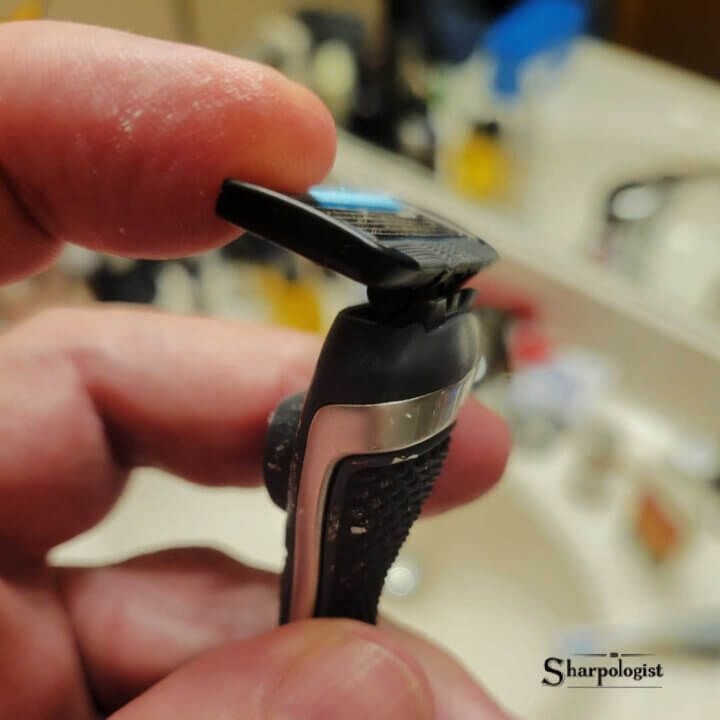
A suspended cartridge is sometimes referred to as a pivoting or flexing head. It is designed to follow the unique contours of the user’s face for closer contact with the skin and a more comfortable shave. A pivoting head adjusts to unpredictable surfaces on the face, allowing for a closer and more effortless shave. When shaving along with curves like the jawline or neck, it’s essential to follow contours for a more consistent, precise shave.
Blade Coating
Blade coating is an important factor in the quality of razor cartridges. Different coatings can provide various benefits such as extended blade life, increased sharpness, and reduced irritation. There are several types of coatings used on razor blades, including:
- Platinum: Platinum coating is a popular choice due to its ability to resist oxidation and corrosion. It also provides excellent durability and can extend the life of the blade.
- Ceramic: Ceramic coating enhances blade sharpness and provides a smoother shaving experience. It is also resistant to wear and tear, making it a suitable option for those who shave frequently.
- Teflon: Teflon-coated blades are known for their smoothness and glide. The coating provides excellent lubrication, reducing friction between the blade and skin.
Over the years, coating technology has improved, leading to better quality razor cartridges. Newer coatings use advanced material science to provide superior performance. For example, some coatings may incorporate diamond-like carbon, which enhances the blade’s durability and sharpness. Others may use nanotechnology to create a self-lubricating surface, reducing the need for additional lubrication strips.
Razor Cartridge Lubrication and Moisturization Features
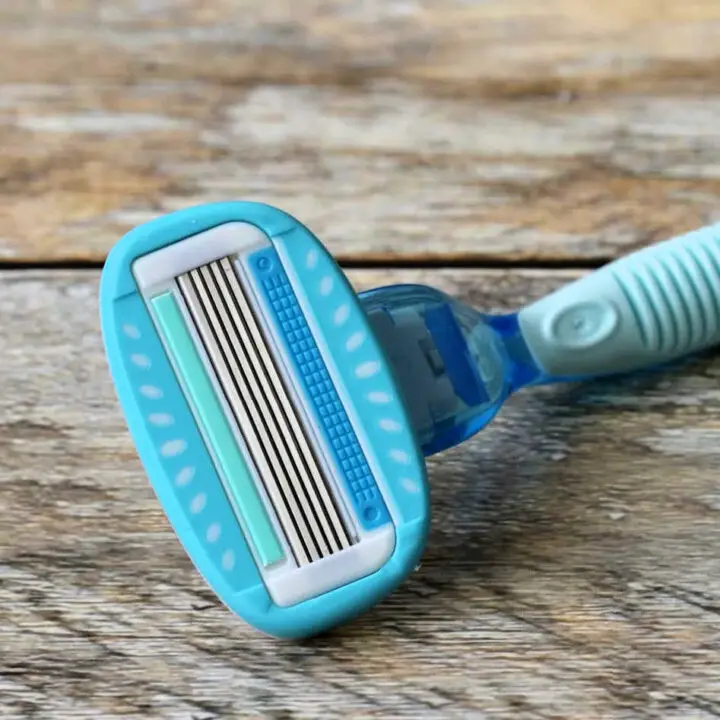
Any technology that might help the cartridge slip more effortlessly over sensitive skin is appreciated. The ‘LubraStrip’ that Gillette debuted on Sensor still exists today, although the core patents are long expired.
Moisturizing strips on razor cartridges can also play a role in a more comfortable shaving experience, particularly if the main lubrication product (shave foam or gel) is inadequate. These strips typically contain ingredients like vitamin E, aloe vera, or other emollients that help to moisturize and nourish the skin during shaving. As the razor passes over the skin, the strip provides a protective layer that may help to reduce irritation and razor burn. Some moisturizing strips change color to indicate when it’s time to replace the cartridge.
What Are Razor Cartridge “Fins” – The Pretensioner
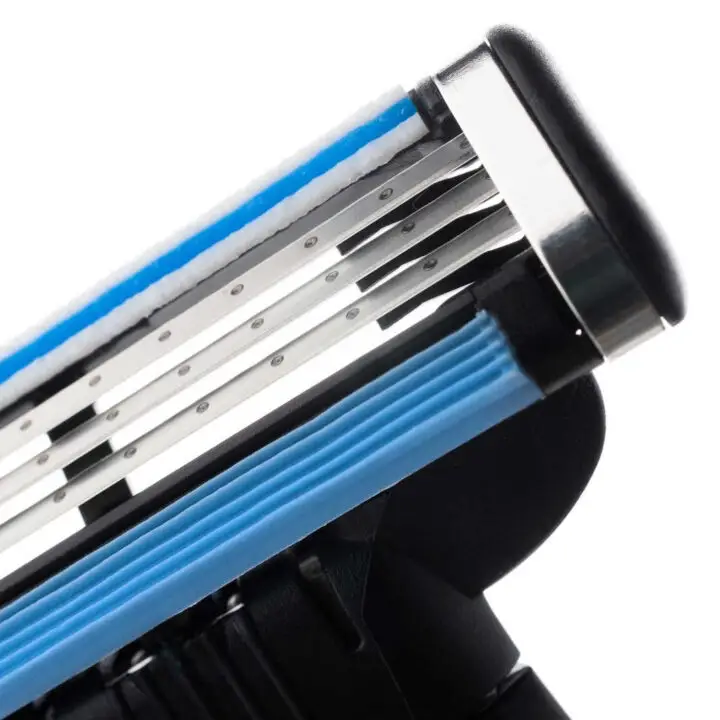
You may have noticed on most system razor cartridges there is a small band of rubber at the base of the front of the cartridge, just before the first blade. Often it has small ridges or fins in it, running horizontally (though sometimes you will see a grid or diamond pattern). This is called a skin pretensioner, and was originally featured on the Gillette Sensor cartridge. Its function is to ‘stretch’ the skin slightly flattening it before the first blade cuts the hair.
The Case For The Traditional, Single-Blade Safety Razor
Safety razors and cartridge razors both have the ability to safely shave the skin. Both types of razors use blades to cut hair, and thus there is a risk of injury if they are used incorrectly. Both types of razors can cause irritation or razor burn if they are not used with care.
Cartridge razors are more convenient, require less skill to use, have a lower up-front cost, and are more readily available. Cartridge razors are also somewhat less fussy than safety razors since they’re relatively homogeneous across brands/models.
The main difference between safety razor vs cartridge razor is in the long-term price per blade. Safety razor blades are far less expensive than most razor cartridges, making them more economical overall. Many of the other “advantages” of a cartridge razor can be offset with different products and shave techniques.
Click/tap here for Sharpologist’s full, in-depth comparison of safety razors vs. cartridge razors.
Conclusion
Flexible razor cartridges have gained popularity due to their convenient ability to move with the contours of the face, providing a closer and more comfortable shave. This design allows for hair removal with less chance of nicks and cuts.

Great article. One slight addition. Some cartridge razors come with a “trimmer” blade in addition to the multi-blade face. This is a single blade that permits you to get into tight places such as the nostrils and ears as well as giving you a tool to get a really straight end to your sideburns. I understand getting into the area of the outside of the lower part of the nostril is not even possible with a DE razor. Even if I were a DE user I would keep a cartidge razor for that reason alone. It also helps if you have a partial beard such as a goatee to get a clean edge.BL: The cartidge razor is the ultimate fruit of thousands of years of evolution.
Saul —
You speak truth. Cartridges are superior. Closer and less bloody.
The smugness of the DE cult is clear in Otto’s final paragraphs. Scientific reality shows the truth.
Cool story bro.